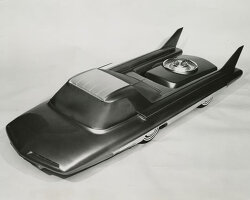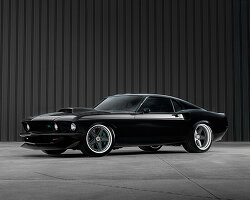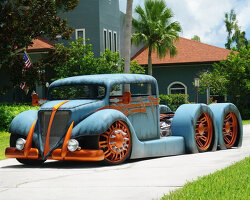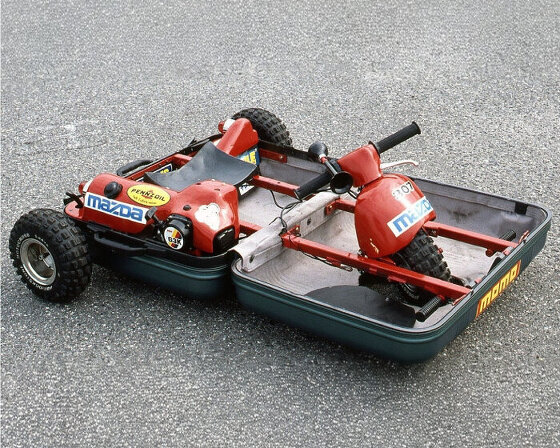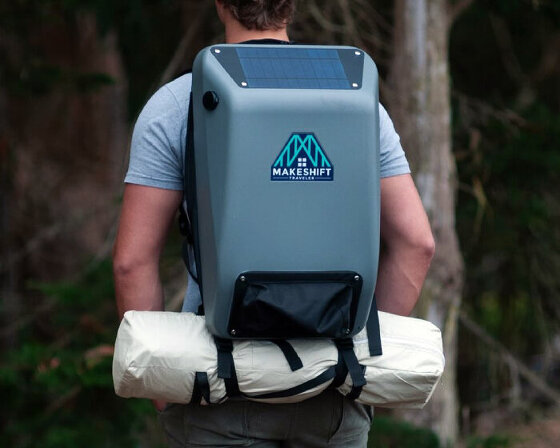KEEP UP WITH OUR DAILY AND WEEKLY NEWSLETTERS
ori eliminates ribs, fabric, and typical failure points, creating an entirely new category of personal weather device.
connections: 35
the concept trike was inspired by a vision of getting around airports more efficiently.
connections: +420
SOLARIS features retractable photovoltaic wings that form the core of the motorcycle's solar-harvesting system.
the backpack helps users looking for housing to sustainably navigate their situation until they obtain permanent shelter.

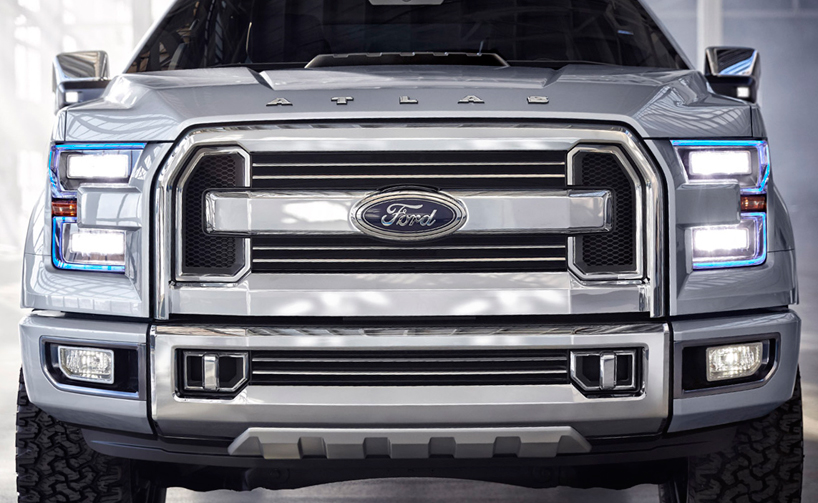
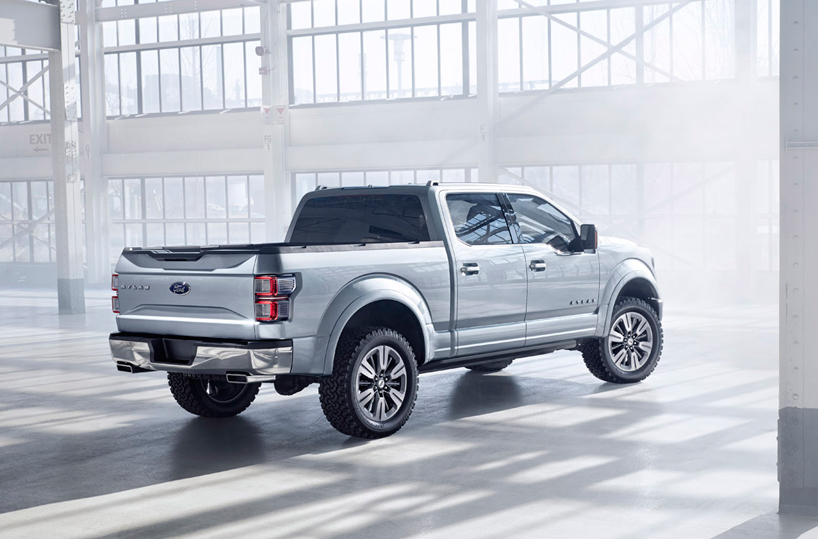
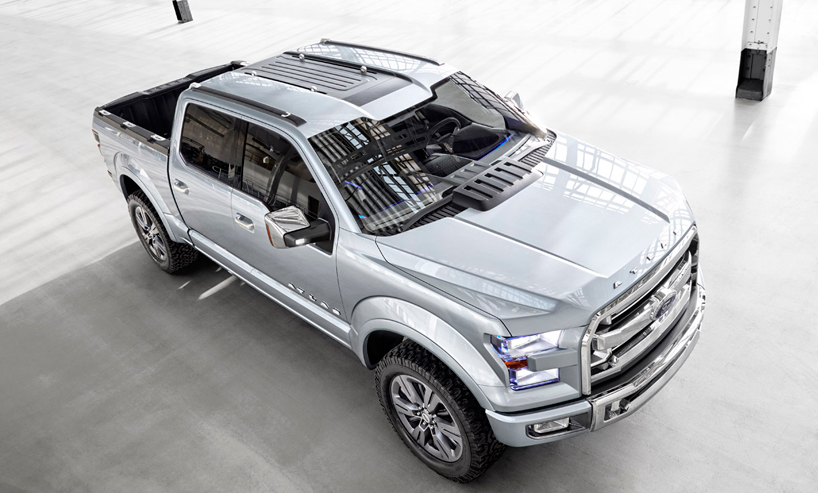

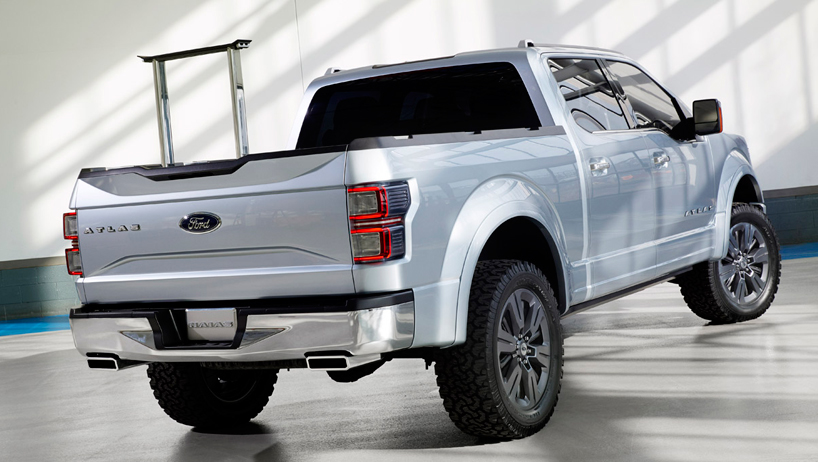
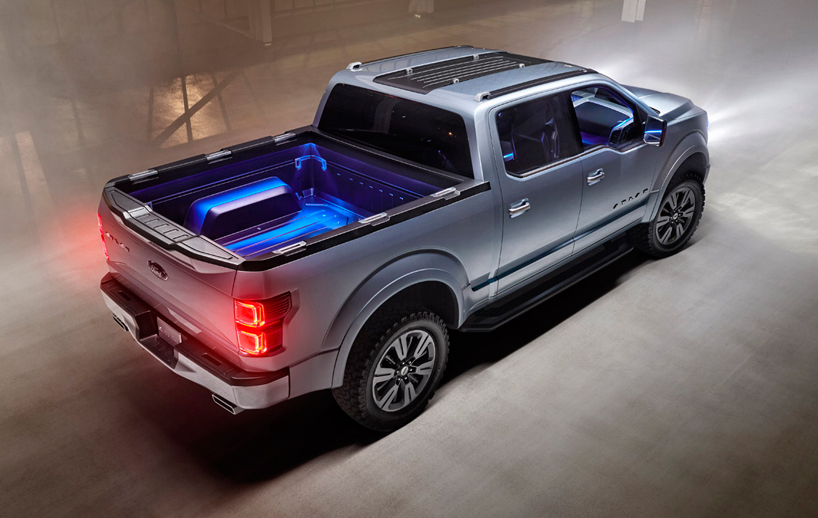
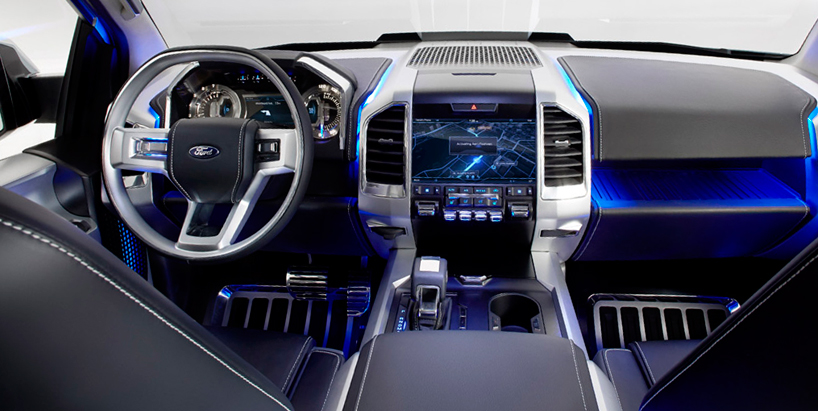
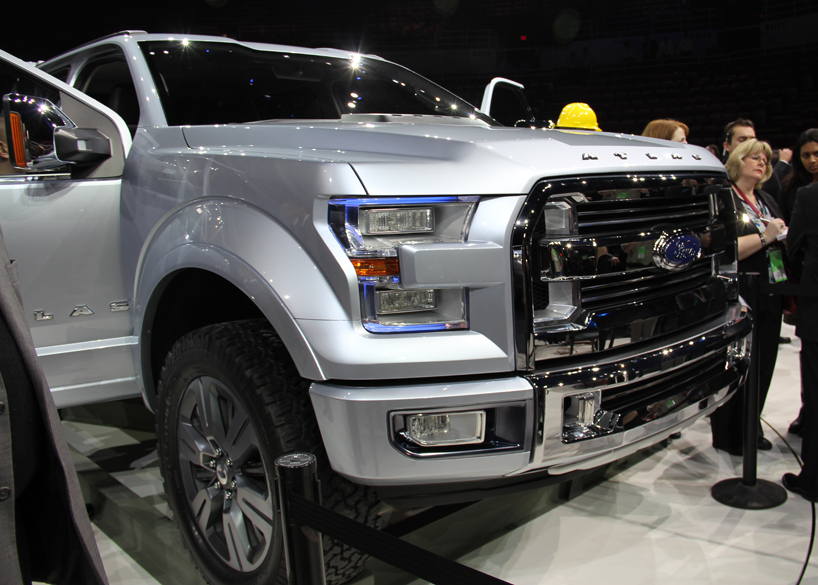
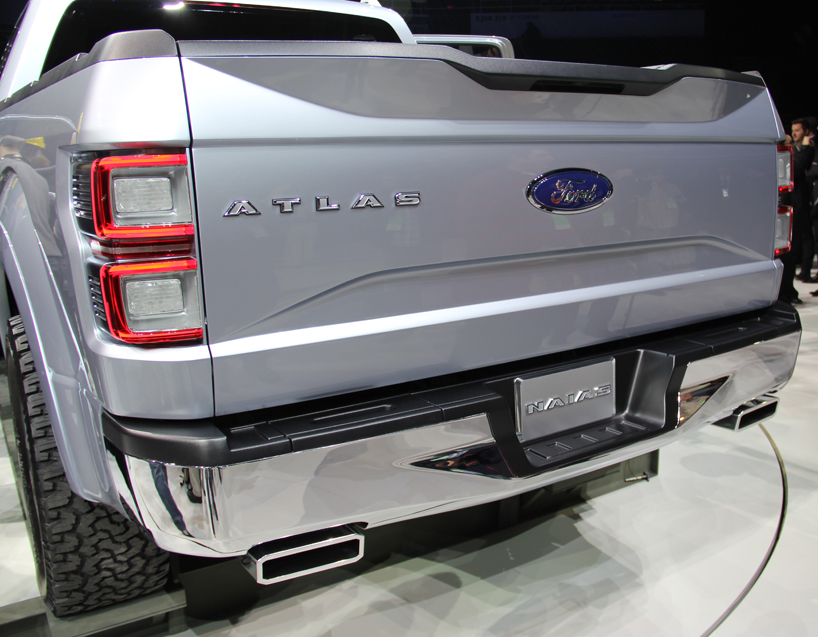
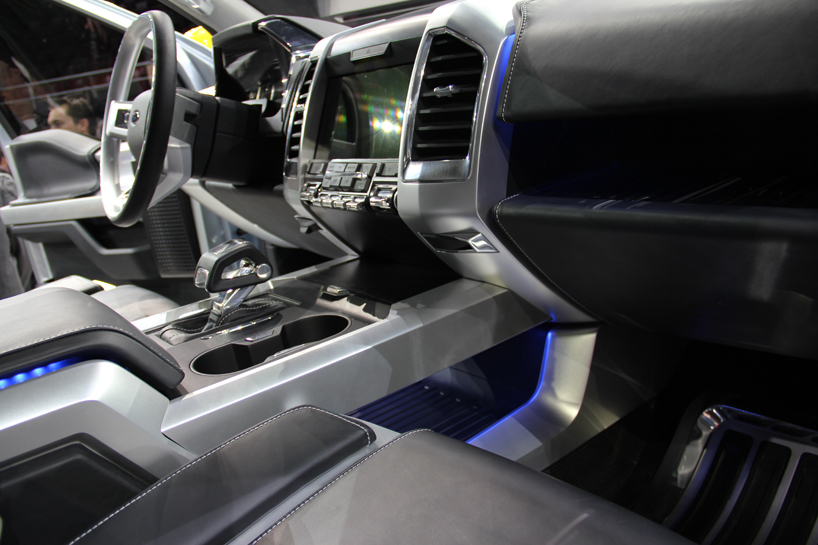
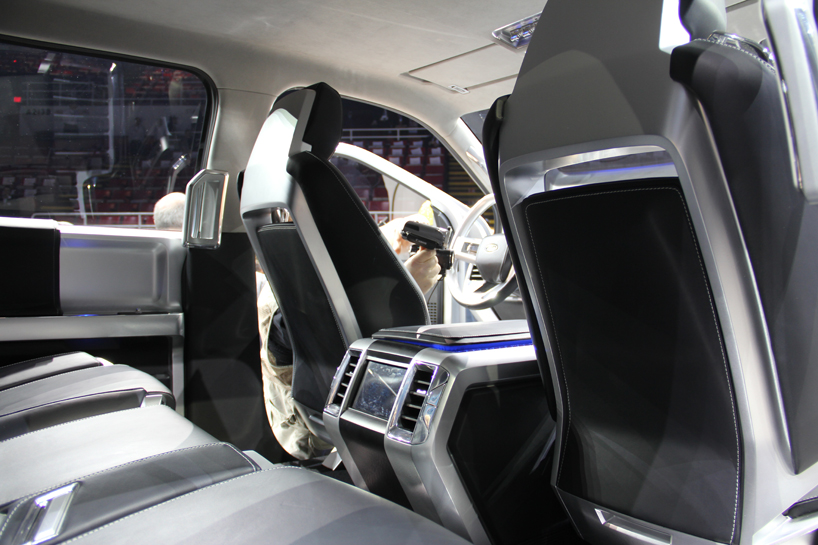
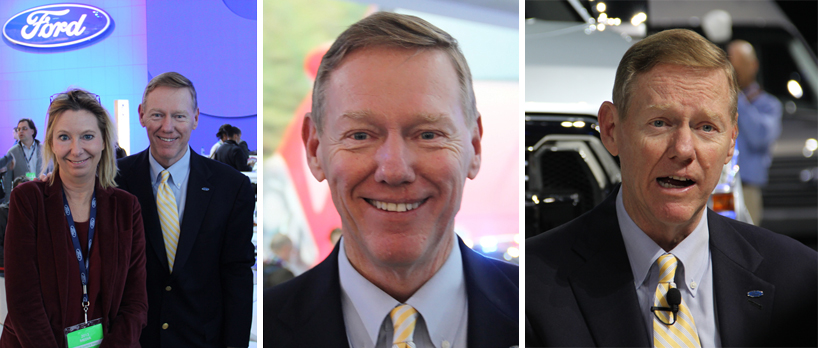 (left) birgit lohmann, chief executive officer of designboom together with (right) alan mulally, president and chief exceutive officer of ford motor companyimages © designboom
(left) birgit lohmann, chief executive officer of designboom together with (right) alan mulally, president and chief exceutive officer of ford motor companyimages © designboom